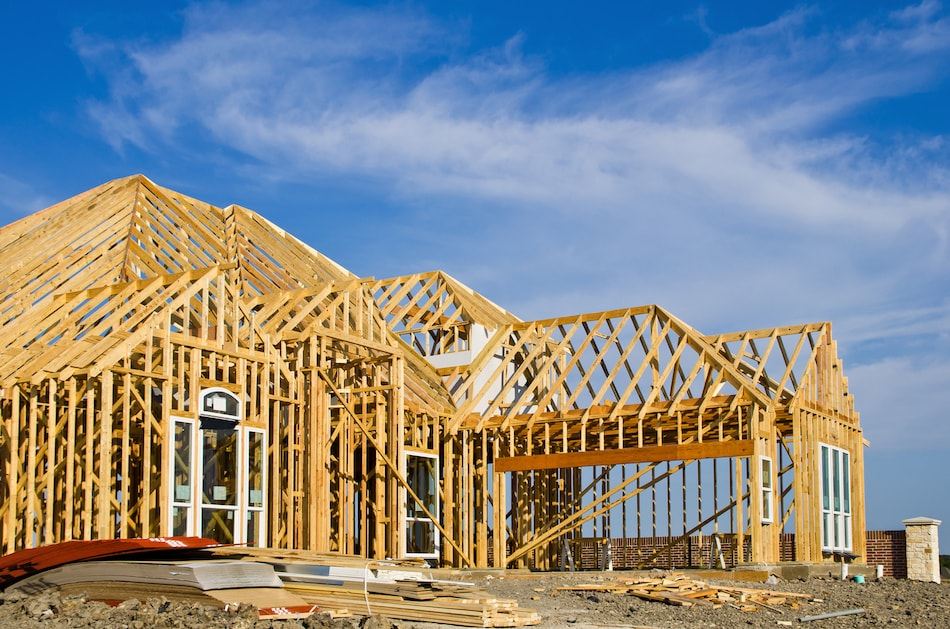Building your dream home starts with the right financing. A new construction loan covers both the land and building costs, offering flexibility and structure as your project progresses. With expert guidance, clear planning, and a reliable builder, you can turn your vision into reality—one phase at a time.
- Purpose-built financing: New construction loans cover everything from land purchase to building costs, helping you bring your dream home to life.
- Two main loan types: Choose between construction-to-permanent loans for simplicity or stand-alone construction loans for added flexibility.
- Structured draw schedule: Funds are released in stages as construction milestones are completed, keeping your project on track.
- Preparation is key: Strong credit, stable income, and organized documentation help ensure a smooth approval process.
- Expert guidance throughout: Work with experienced mortgage professionals and trusted builders to make your homebuilding journey seamless.

